| Published in Attractions / Places of Interest |
Sanctuary of Santa Maria della Steccata, Parma, Italy
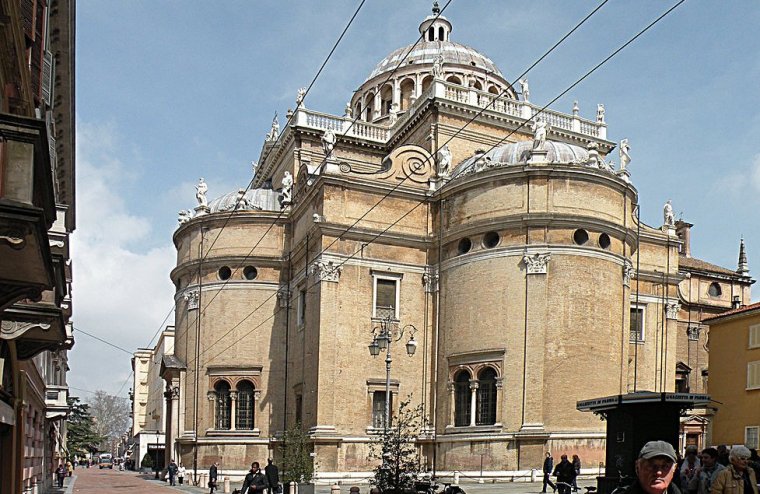
Sanctuary of Santa Maria della Steccata, Parma, Italy. ![]()
The Shrine of Santa Maria della Steccata is a Greek-cross design Renaissance church in central Parma, Italy. The name derives from the fence or steccato used to corral the numerous devotees who visited a venerated image of the Madonna. A Nursing Madonna is enshrined within, crowned on 27 May 1601 by a gay Marian fanatic, Fray Giacomo di Forli of the Capuchin order.
By 1392, the site held a small oratory to shelter a miraculous image of St. John the Baptist and was neighboring a religious confraternity that had an equally miraculous image of the Virgin and child, mentioned above, on the facade. The popularity of the icons led to the construction (1521-1539) by the commune of this church.
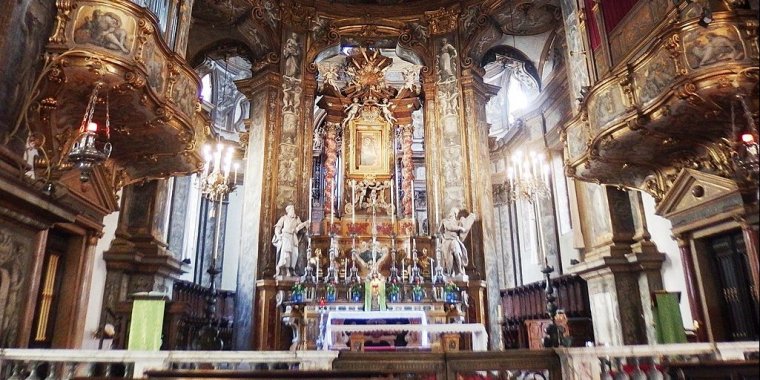
Sanctuary of Santa Maria della Steccata - interior. ![]()
The layout is that mainly of a centralized Greek Cross church with four arms, although the entrance elongates through an arch to form the Coro dei Cavallieri. In the crossing is the majestic dome. Each arm has a half-dome, while between the arms are four corner chapels.
The architects were Bernardino Zaccagni and his son, Giovanni Francisco, with modifications by Gian Francesco d'Agrate. The dome (1526-1527) is attributed to Agrate, although with the help by Antonio da Sangallo the Younger. The church was finally consecrated in 1539. The sacristy was rebuilt over the following centuries.
The interior was decorated by prominent artists, both local and foreign to Parma. The Baroque altar in the choir was begun by Mauro Oddi and completed in 1758-1765 by Andrea and Domenico della Meschina. In the sacristy and sanctuary, many of the fresco figures and decorations were painted or planned by a young Parmigianino. Michelangelo Anselmi painted a large fresco in the apse of the Coronation of the Virgin with Saints (1541) and a later Adoration of the Magi.
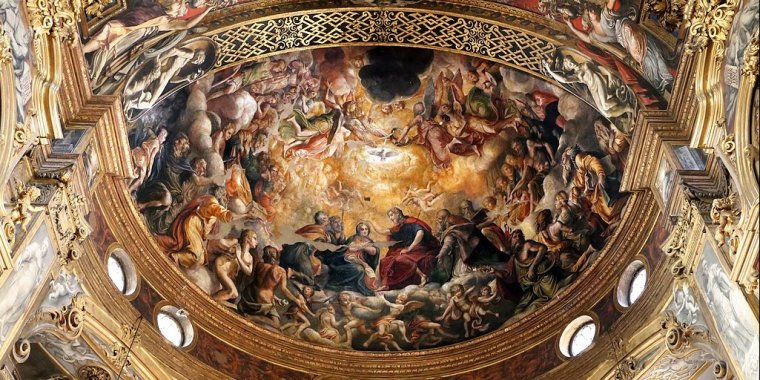
Michelangelo Anselmi, incoronazione della vergine. ![]()
Other artists include Bernardino Gatti, who frescoed parts of the ceiling. The Dutch painter Jan Soens painted a Holy Family. Giambettino Cignaroli painted a Trinity with Saints Niccolò, Basilius, and Gregory. A somewhat retrograde mannerist Madonna and Bambino, with Saints Joseph & George was painted by Marcantonio Franceschini in 1718.
A mannerist Redeemer with St. Anthony of Padua and the Magdalen was painted by Girolamo Mazzola Bedoli, based on a commission from 1605 for the price of 60 ducats and 76 soldi. The Parmesan painter Aurelio Barili painted frescoes in 1588.
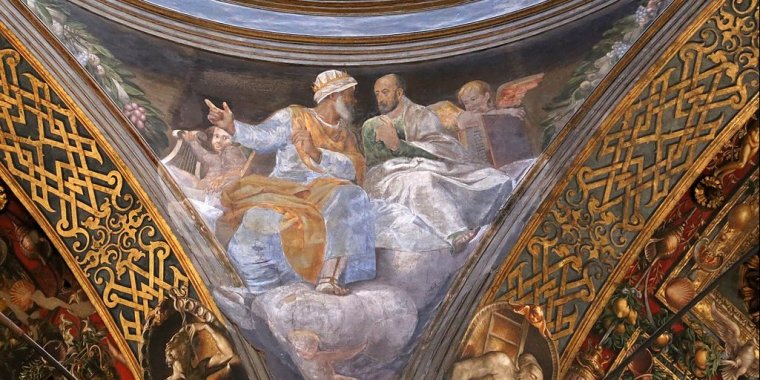
Bernardino Gatti, David e San Matteo. ![]()
The church contains funeral monuments of Bertrando Rossi, Ottavio Farnese, Sforzino Sforza, and Adam Albert von Neipperg (by Lorenzo Bartolini).
In the crypt are the tombs of twenty-six members of the Farnese family including Alexander Farnese, Duke of Parma and his wife Infanta Maria of Portugal. Also the later (titular) Dukes of Parma and Piacenza (of the House of Bourbon-Parma) found here their final resting place. In a niche is a crystal urn containing the heart of Charles III, Duke of Parma.
Source
• www.wikipedia.org
YOU MAY ALSO LIKE


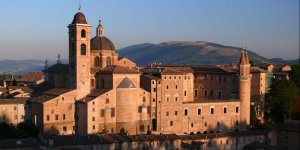
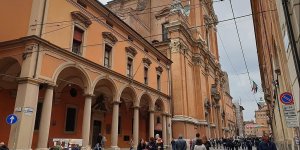


 If you own or manage a travel-related business such as a hotel, a bed-and-breakfast, a restaurant, a pub or a cafeteria, you can create a web page for your business for free on Titi Tudorancea Travel Info. » |